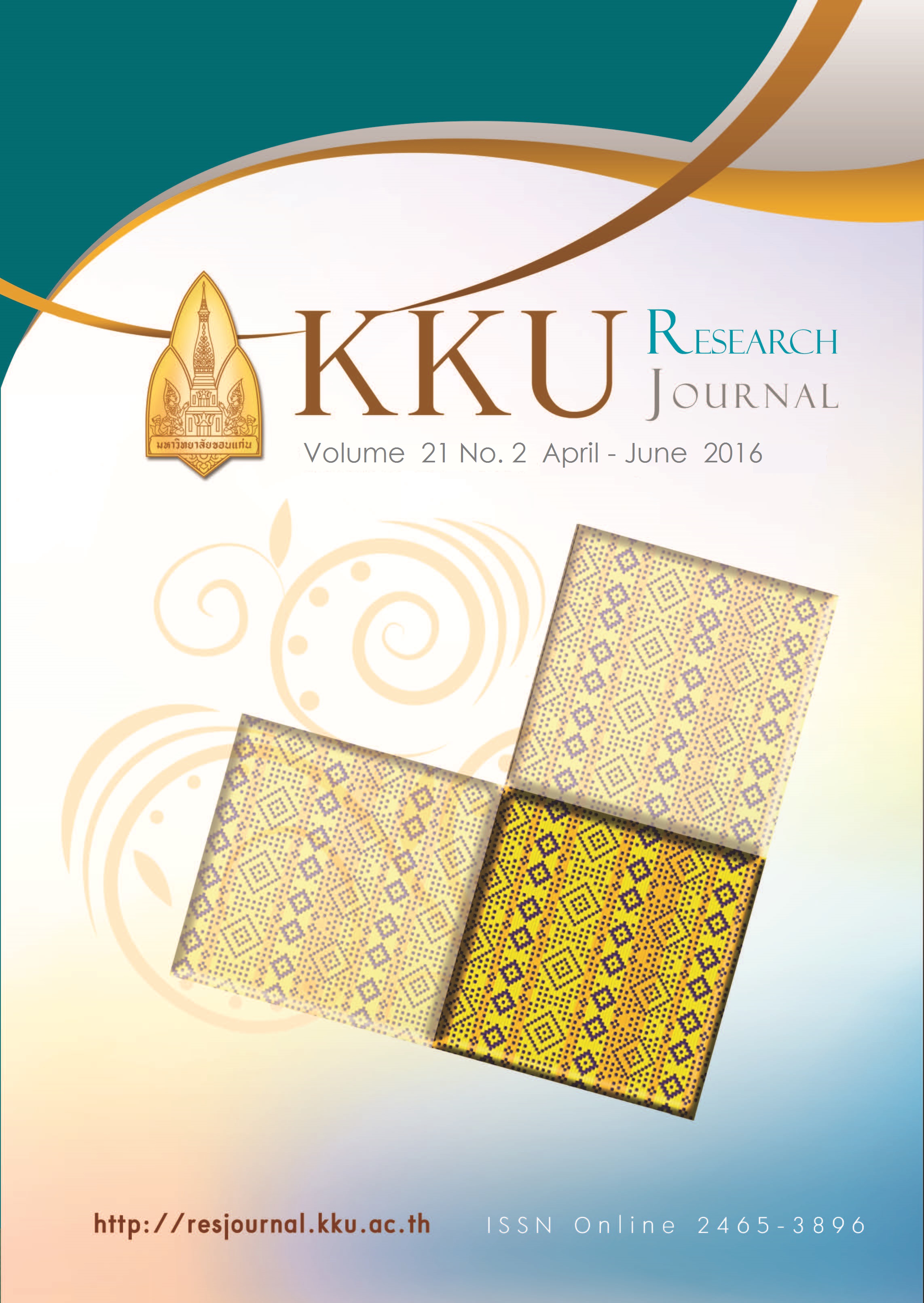Blue technology-the water-energy interrelationship renewable energies and nutrient recovery
Main Article Content
Abstract
Water resources are constantly under threat from pollution, overexploitation and urbanisation. The European Innovation Partnership on Water (EIP) has identified specific actions to meet the relevant needs which have been codified into 8 priority areas. Focussing on two of the five thematic priorities (water and waste water treatment, including recovery of resources; and water and energy integration, this paper amplifies Blue Economy models aiming to shift society from scarcity to abundance through these new and novel ways. Inland and coastal waters are looked upon as ‘water resources’ that can contribute to the production of sustainable energies. In water reuse, the energy contained in wastewater is also examined in order to contribute to the understanding of the water/energy relationship. Energy is needed for water cycle management; water is needed for energy production and water reuse can help to save both. Biogas production, being an important green energy issue is also examined under the scope of wastewater treatment. Significant energy savings and recovery of nutrients can be achieved on major components of an ‘efficient’ wastewater treatment plant by applying novel blue economy principles. Zones where energy efficiency can be improved, as well as phosphorous recovery is explained always under a holistic water cycle management. Marine based renewable energies are also outlined based on coastal blue potentials and future world energy needs-provided that conventional energy sources are approaching exhaustion. Other general quality issues in coastal environments are presented and examined within the framework of the blue economy principle and thus suggesting actual novel sustainable management techniques.
Article Details
References
[2] Water Development Department (WDD), Study on the investigation of water demand management measures’. Ministry of Agriculture, Natural Resources and Environment, Republic of Cyprus, Nicosia, 2011 (b).
[3] Kathijotes N. (2013). Keynote: ‘Blue Economy - Environmental and Behavioural Aspects towards Sustainable Coastal Development’, Elsevier Procedia - Social and Behavioural Sciences, Volume 101, 2013, Pages 7-13
[4] Petrov K. and Kathijotes N., “Wastewater Treatment and Reuse for Irrigation” International Water and Irrigation-Israel vol.19, No.2, 1999
[5] Voutchkov N. (2010), Seawater desalination: current trends and challenges. Desalination-Filtration + Separation Publication, 5(2), 4-7.
[6] Novak O., Keil S., Fimml C. (2011), Examples of energy self-sufficient municipal nutrient removal plants. Water Science and Technology, 64(1) 1-6
[7] Lazarova V., Choo K.H. and Cornel P. (2012). Water Energy interactions in water reuse. IWA Publishing, London, UK.
[8] Miguel Prado - The Netherlands July 2009 https://wavec.org/client/ files/Part1-Energy-Problem.pdf
[9] COM (2010) 2020, COM (2011) 21. COM (2014) 398. Towards a circular economy: A zero waste programme for Europe. COMMUNICATION FROM THE COMMISSION, Brussels, 2.7.2014


